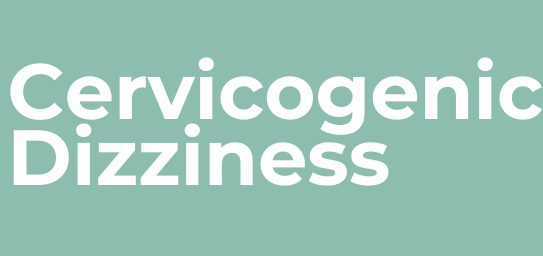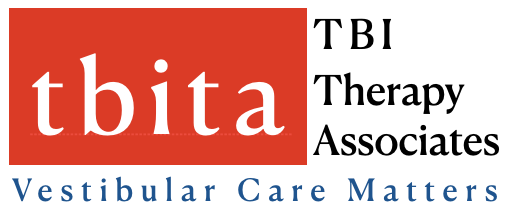Cervicogenic Dizziness

Cervicogenic dizziness refers to dizziness that arises from dysfunction in the cervical spine/neck. It is characterized by symptoms of dizziness, unsteadiness, or imbalance that are believed to be related to cervical musculoskeletal disorders, such as neck pain, cervical joint dysfunction, or cervical spine pathology. Cervicogenic dizziness can occur following traumatic brain injuries (TBIs) and may contribute to or exacerbate symptoms of vestibular dizziness and imbalance.
Here are some key points about cervicogenic dizziness in the context of traumatic brain injuries:
Cervicogenic dizziness symptoms
Dizziness or vertigo, swaying, or unsteadiness.
Neck pain or stiffness typically localized to the cervical spine.
Headaches, particularly originating from the base of the skull or neck.
Visual disturbances, such as blurred vision or difficulty focusing
Sensitivity to head movements or changes in neck position
Diagnosis
Diagnosing cervicogenic dizziness in individuals with TBIs involves a comprehensive evaluation by a Musculoskeletal vestibular specialist. The diagnosis is based on the presence of characteristic symptoms, a history of TBI or head trauma, and clinical findings suggestive of cervical spine dysfunction, such as restricted range of motion or tenderness to palpation in the neck.
Treatment
Treatment for cervicogenic dizziness aims to address underlying cervical spine dysfunction, alleviate symptoms, and improve functional outcomes. Treatment options may include:
- Manual therapy: Techniques such as spinal manipulation, mobilization, or soft tissue massage to restore joint mobility and reduce muscle tension in the cervical spine.
- Exercise therapy: Specific exercises and stretches to improve cervical spine strength, flexibility, and posture, as well as proprioceptive training to enhance sensory integration and balance.
- Postural and ergonomic modifications: Education on proper posture, body mechanics, and ergonomic principles to minimize strain on the cervical spine and reduce symptoms.
- Medications: Medications such as muscle relaxants, non-steroidal anti-inflammatory drugs (NSAIDs), or analgesics may be prescribed to manage neck pain and associated symptoms.
